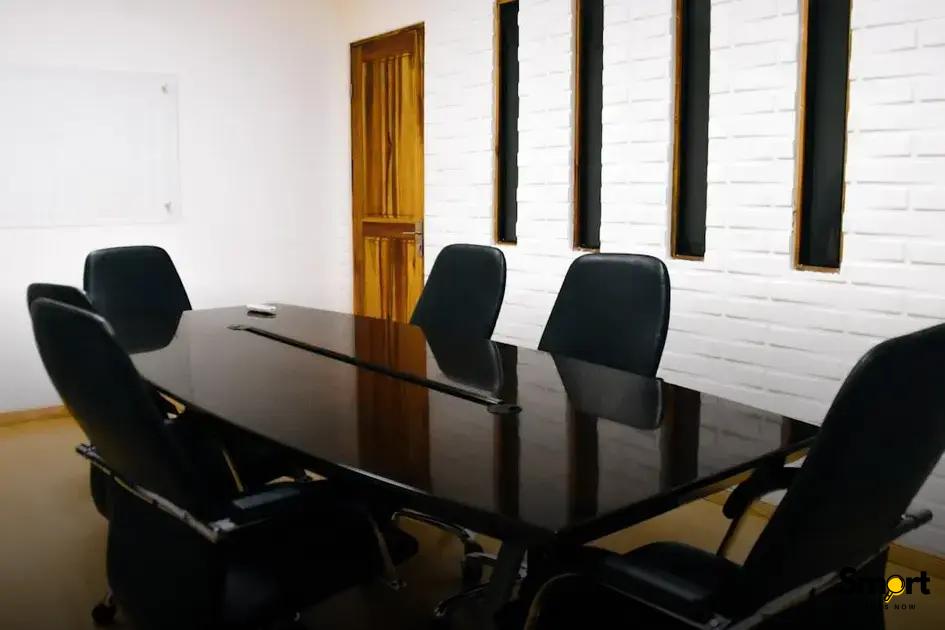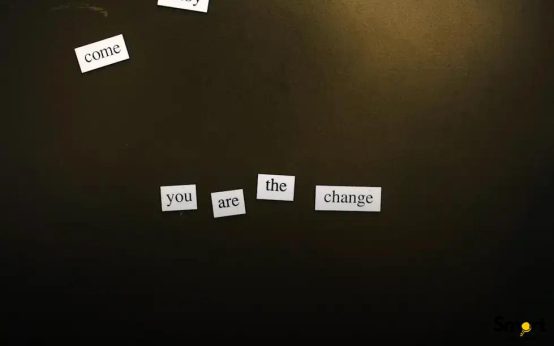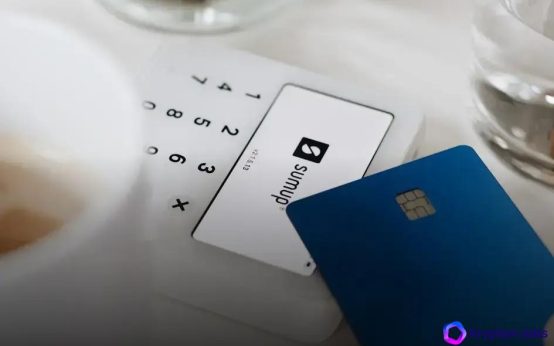Communication is a fundamental skill in both personal and professional aspects. Improving your communication skills can significantly enhance your interactions and success in various scenarios. Start by understanding the Basics of Communication and then explore techniques like Active Listening and the Impact of Nonverbal Communication. Finally, apply these skills in Real-world Scenarios to achieve effective communication.
Understanding the Basics of Communication
Effective communication is the cornerstone of successful interactions. At its core, it involves transmitting information from one person to another with clarity and understanding. Before diving into advanced strategies, it’s crucial to grasp the basics, which revolve around two primary elements: the sender and the receiver. Both parties play significant roles, and each must understand the other’s perspective. For a message to reach its target effectively, the sender must use clear language, while the receiver should provide feedback. Additionally, selecting the appropriate medium for communication—be it verbal or written—is equally important. Understanding these basics sets the foundation for enhancing your skills and ensuring effective communication in varied settings.
Active Listening Techniques
Active listening is a crucial aspect of effective communication that involves fully concentrating, understanding, and responding to what the other person is saying. It allows for a more personal connection and ensures that both parties feel heard and understood.
To practice active listening, one should focus on being present in the conversation, which means eliminating distractions like phones and other background noise. Pay attention to the speaker’s words and ask clarifying questions if needed. This helps show the speaker that you are genuinely interested in their message.
Using positive body language can also enhance active listening. Maintain eye contact, nod your head occasionally, and lean slightly forward to show engagement. These nonverbal cues encourage the speaker to continue sharing and confirm that you are paying attention.
It is important to avoid interrupting the speaker. Allow them to express their thoughts completely before you respond. This demonstrates respect and gives you a chance to process the information fully, which is essential for making thoughtful responses.
Reflective listening, which involves paraphrasing or summarizing what the speaker has said, can also be effective. This technique confirms your understanding and gives the speaker a chance to correct any misunderstandings.
By practicing these techniques, you can significantly enhance your communication skills and build stronger connections in both personal and professional settings.
Nonverbal Communication and Its Impact
Nonverbal communication refers to the transmission of messages without the use of words. It’s a crucial aspect of how we express and interpret messages, often conveying more than verbal communication alone. Various components such as body language, facial expressions, and eye contact play significant roles in how information is perceived and received.
Body language includes gestures, posture, and movements. For example, crossing arms might indicate defensiveness, while open arms may show openness and honesty. Understanding these signals enables a communicator to adjust their approach for better clarity and empathy.
Facial expressions are another potent nonverbal cue. Smiling often denotes friendliness and openness, whereas a frown might suggest disapproval or confusion. Similarly, maintaining eye contact can demonstrate attentiveness and confidence, enhancing trust between communicators.
Improving your nonverbal communication enhances overall effectiveness. By being aware of these nonverbal elements and refining your ability to interpret and employ them, you can significantly improve interactions across diverse situations. It enables a deeper connection with your audience, augmenting the impact of what you say verbally and enhancing your communication skills as part of a broader strategy.
Practicing Communication in Real-world Scenarios
Engaging in everyday conversations can be a powerful way to enhance communication skills. Real-world scenarios offer opportunities to practice and refine your techniques. Picture yourself ordering coffee at a busy café. This setting allows you to practice concise and effective communication under pressure.
Another scenario is participating in a community group discussion. Here, you can apply active listening, observe nonverbal cues, and respond thoughtfully. Real-life interactions like these help in cementing the concepts of communication.
Role-playing with friends or colleagues is also beneficial. Simulate different situations, like a job interview or customer service interaction, and receive feedback. This type of practice prepares you for similar authentic experiences.
Additionally, volunteering provides a rich environment for communication practice. Interacting with people from various backgrounds enhances understanding and empathy, key elements in effective communication.
Remember, each encounter contributes to your growth. Embrace real-world interactions as opportunities to
master communication
.





